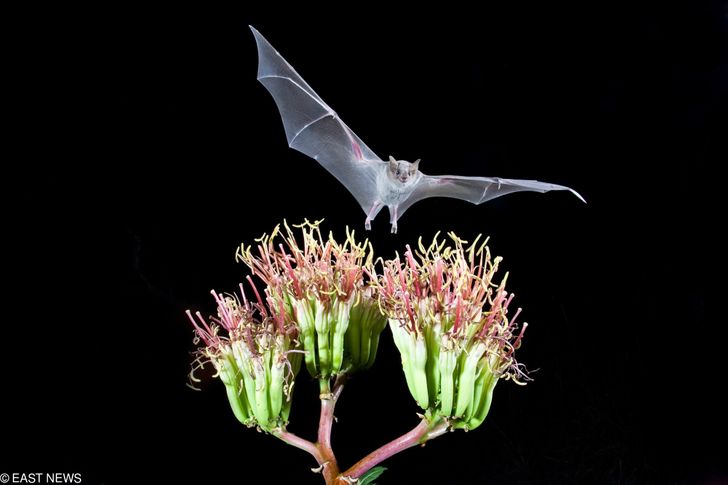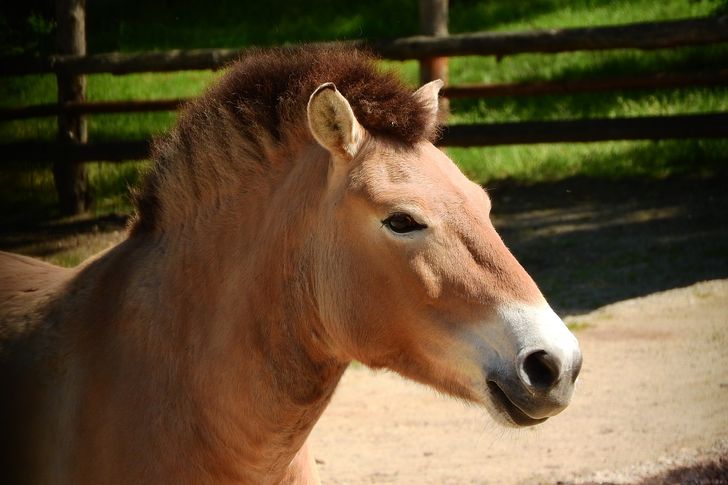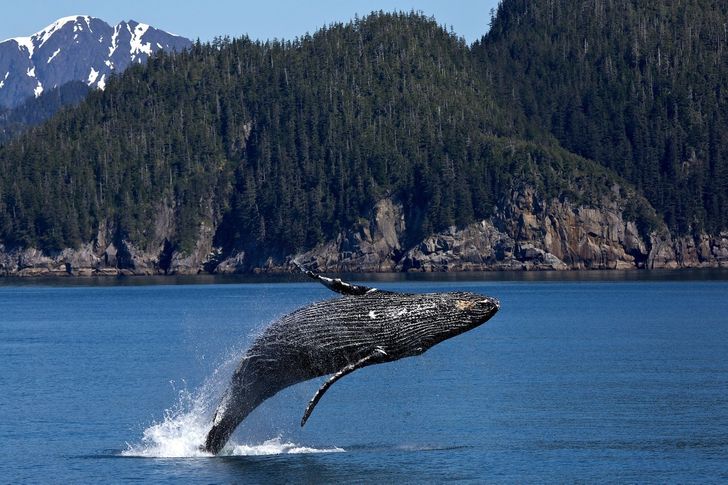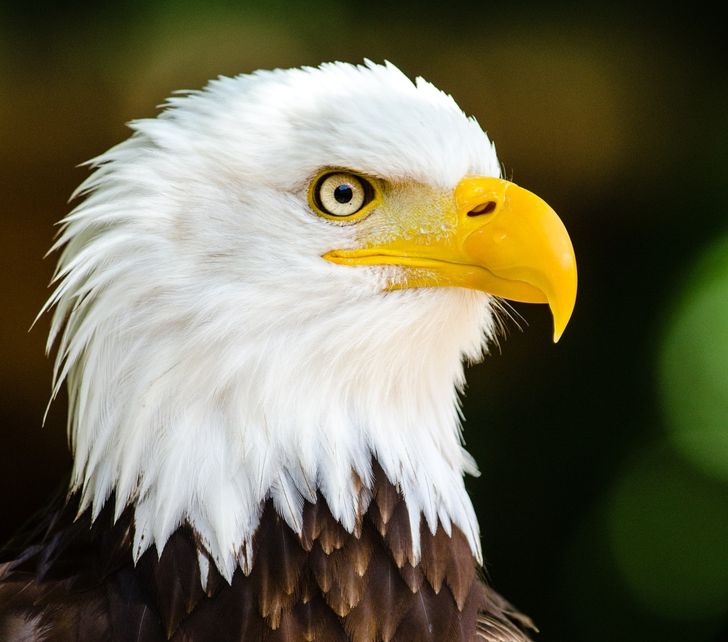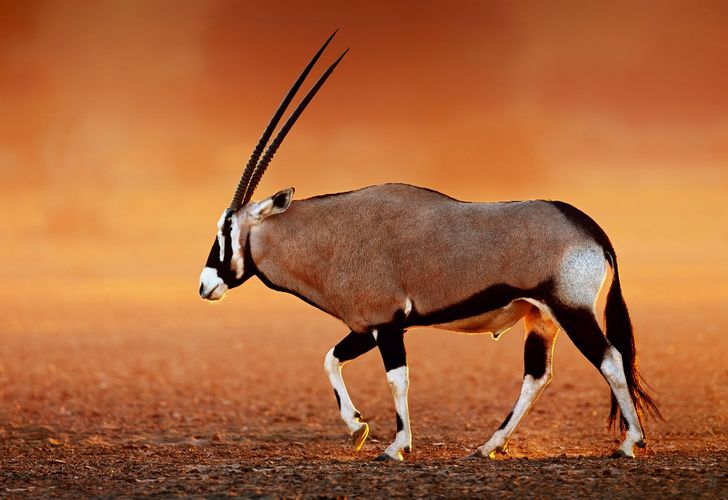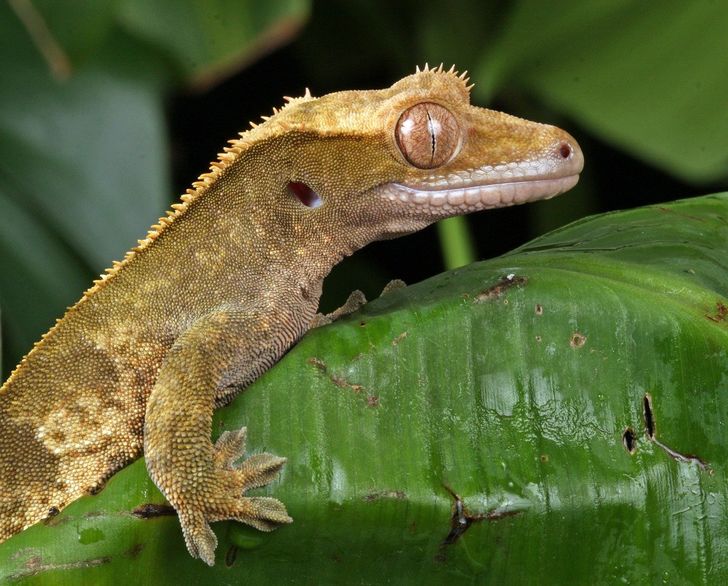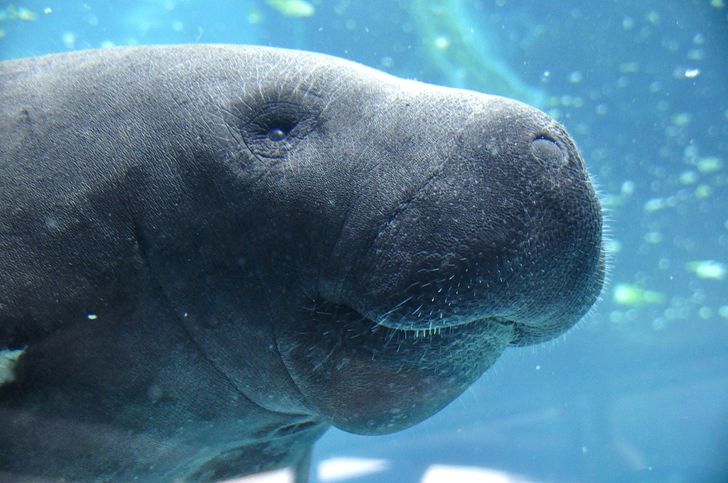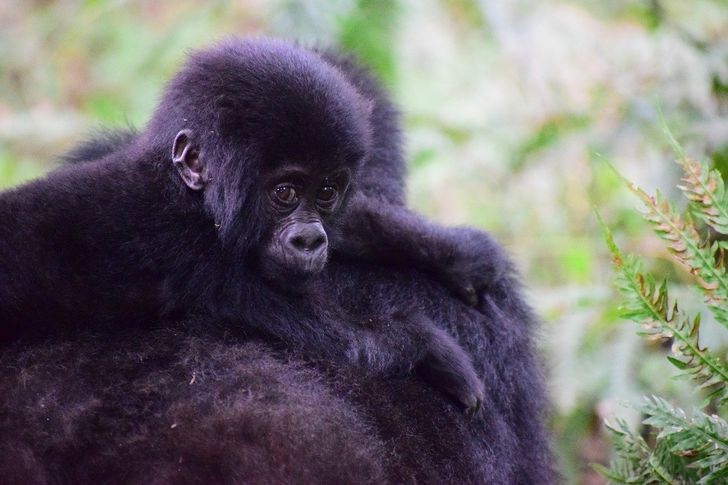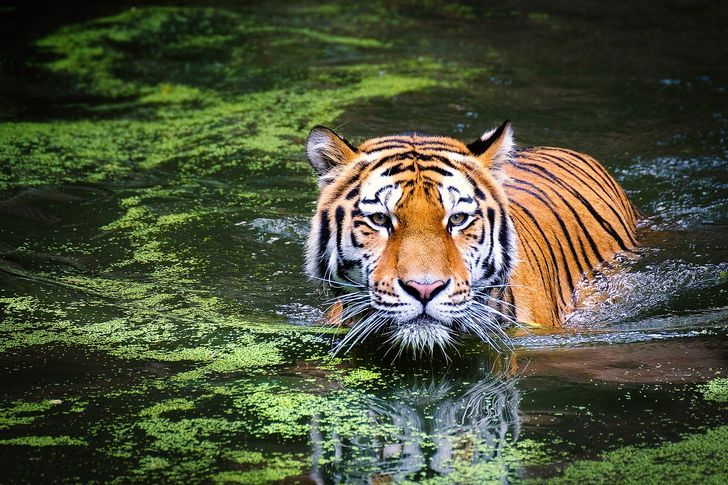Incredible! Happy for these animals and those that aided in their return!
10 Animals That Were Almost Extinct, but Were Saved Just in Time
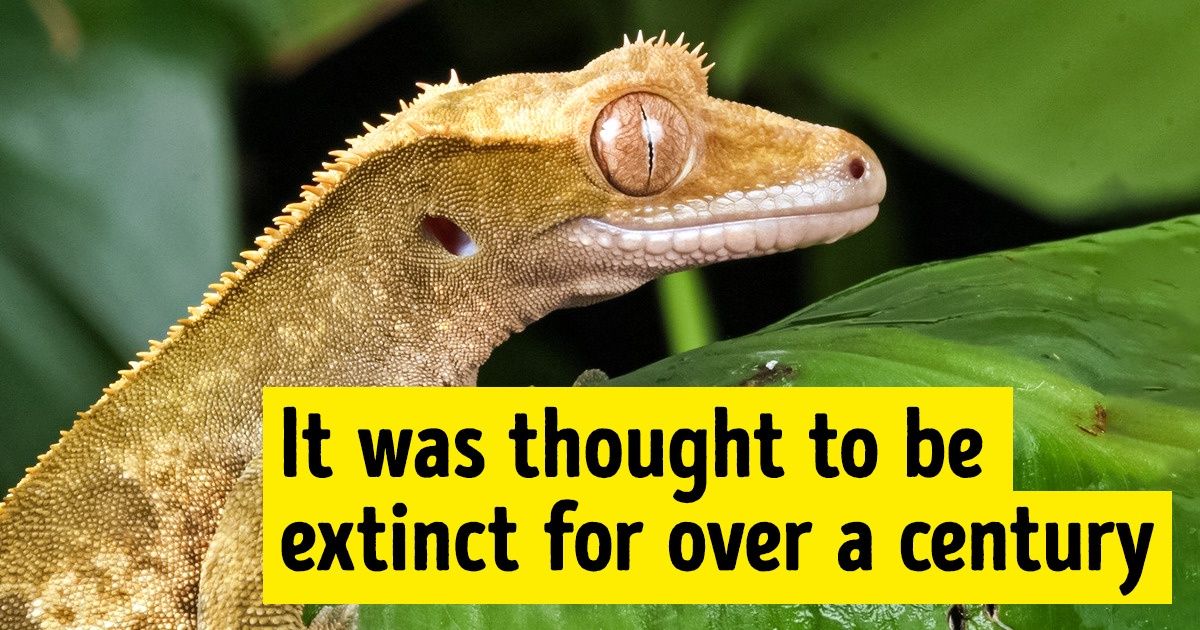
Many animals have gone extinct and many others were on the brink of extinction. But some of those who were thought to be gone forever actually reappeared, as if they’d come back from the dead. Paleontologists call that pulling a “Lazarus taxon.” Today, many species are still gravely endangered, but awareness has led to the compiling of important data, resulting in useful tools like the IUCN Red List, which ranks species in different categories according to their risk of extinction. It also allows us to know which of these species are no longer endangered.
At Bright Side we want to focus on the positive side of things — without forgetting that there’s still a lot of work to be done — so we’ve compiled a list of animals who were thought to be extinct and were found alive and kicking.
1. Greater long-nosed bat
The greater long-nosed bat, also known as the Mexican long-nosed bat, is an essential part of the life-cycle of agave plants. These cactuses are very popular because they are used to make mezcal and tequila. Unfortunately, the bat was classified as an endangered species in part due to the overexploitation of agave cactuses. It wasn’t until 2013 that it managed to get off the list, being the first mammal to achieve that in Mexico.
These positive results were obtained thanks to the shared efforts of scientists, local communities, and government institutions. Cooperation resulted in the creation of a bat-friendly certificate that helps raise awareness among consumers.
2. Przewalski’s horse
Considered to be the last remaining species of wild horse, this incredible equine is galloping in its natural habitat once again!
The Przewalski horses that are still alive today are direct descendants of horses that were captured at the beginning of the 20th century to be kept in zoos all around the world. They were thought to be extinct in their natural habitat, but then in 1992, 16 members were reintroduced to the wild in Mongolia. The area later became a National Reserve called Hustai National Park where these horses can still be spotted today.
From 2011 onward, the number of Przewalski horses has continued to increase. During the last count, which was done in 2018, about 2,000 of these Mongolian wild horses are alive.
3. Humpback whales
Humpback whales are marine mammals who wander around the oceans of the world in long migrations. In fact, they do the longest migrations of any other known mammal on Earth. In 1988, these beautiful animals had to face the severe consequences of overhunting, which led to them being included on the list of endangered species.
Today, thanks to efforts made at an international level, we’ve managed to save the number of whales that are still alive. Prohibiting whale hunting was key to this success. The measure is still in place today. Eileen Sobeck, a member of the National Oceanic and Atmospheric Administration (NOAA) qualified this as a “real story of ecological success.” She was, in fact, the person who proposed to take the humpback whale off the list of endangered species after witnessing its spectacular recovery.
4. Bald eagle
During the ’70s, dumping chemical waste in fresh and ocean water was far more common than it is today. The agrochemical residues found in the fishes that feed the mighty bald eagle, as well as its indiscriminate hunting, led to a drastic loss of members of this species. The situation became so critical that the bald eagle joined the endangered species list in the U.S., despite being its national symbol.
After carrying out a recovery plan, the number of bald eagles present in the country rose again. In 1996 the species was already considered to be a “least-concern species” and, in 2007, it was finally taken off the list of endangered species.
5. Panda
Pandas are a curious but solitary animal that, without any doubt, knows how to symbolize the fight for animal rights. This species went from being classified as a rare species in the ’80s, to an actual success story.
During 2016, it was announced that pandas had changed their status from endangered to vulnerable after their population increased by about 17%. The protection of these big mammals is, on top of that, great news for forests in general because in order to preserve giant pandas, their natural habitat must be protected too. That makes room for other species living in the same habitat (for example, the Chinese golden snub-nosed monkey, the takin, or even the crested ibis) to recover their homeland as well. And this is just the tip of the iceberg when it comes to new species being preserved!
6. Arabian oryx
The Arabian oryx is a beautiful antelope that has specialized in surviving (and living) in the desert. It has also been part of the list of species that are close to extinction, along with many other wild inhabitants of the Arabian Peninsula and the Sinai Peninsula.
The good news is that since 2011, it has been considered to be a species that has finally reached the “vulnerable” level, which was a great step forward considering that it used to be a critically endangered species.
The reintroduction and reproduction programs for this oryx in captivity began in 2007 and since then, they have been deemed successful. According to the last reports drafted, there are about 1,220 wild oryxes in the Arabian Peninsula. That means that this 4-legged friend is close to being upgraded once again, now to the near-threatened species level, and one step further from the danger of extinction.
7. Guam rail
The Guam rail is a flightless bird that is endemic to the Island of Guam, as its name suggests, which is located in the West Pacific.
To this day, it’s still the second bird in history to have recovered after being considered extinct in the wild. The reduction in the number of Guam rails took place after the Second World War. It was a consequence of the unintentional introduction of a type of tree snake that, by 1987, had already eradicated the Guam trail from its natural habitat. Now, after more than 35 years, its reintroduction to its natural habitat was made possible, keeping in mind that an active management of the species is still required to guarantee its protection.
8. Crested gecko
The crested gecko is one of the species that did a Lazarus taxon, as we mentioned at the introduction of this article. They come from the French part of New Caledonia, on the shores of Australia, and they were rediscovered in 1994 after about a century of being declared extinct. There is not a lot of information available about this mysterious reptile. Since its reappearance, it’s been classified as a vulnerable species, but it’s still common for people to own it as an exotic pet despite it being protected by the Convention on International Trade in Endangered Species of Wild Fauna and Flora, also known as CITES.
9. West Indian manatee
Another marine animal that has managed to get off the list is the West Indian manatee, who went from being classed as an endangered species to a threatened species.
The good news was given by the United States Fish and Wildlife Service (USFWS) in 2017. Although the West Indian manatee is still a threatened species, this important step forward means that the population numbers of this marine mammal are increasing and that its natural habit is being restored. So it can be safely concluded that the international cooperation to preserve the species is working.
10. Mountain gorillas
The mountain gorilla is a subspecies of the gorilla family that lives in specific parts of Central Africa, specifically in the Virunga Mountains (also known as Mufumbiro), a mountain range that crosses 3 countries and 4 national parks.
Despite being severely threatened, the mountain gorilla population is not in decline, but on the contrary, it is increasing. Back in 2008, it was estimated that the population of this special type of apes had reached 680 individuals. By 2018 there were already about 1,000 mountain gorillas, the highest number of members of this species that was ever recorded. As a result, the species went from being in the critically endangered category to being in the endangered one.
Bonus: India’s tigers
About 70% of all the wild tigers in the world live in India. That’s why, even if this popular feline has not yet reached a better level on the IUCN Red List, good news is still in order. The tiger is currently classed as an endangered species, but the latest census carried out in 2018 led to the conclusion that the population of tigers in India is stable or increasing. That is a clear step forward in the preservation of the species and one that gives us hope to keep working hard to protect it in the upcoming years.
Which other species of endangered animals that are recovering from extinction risks do you know of? Would you like us to work on a second article showcasing other species? Let us know in the comments! We’re thrilled to know what your thoughts are on this!
Comments
I remember reading a book as a kid that would talk about pandas and how they were going extinct
That's really good news, it would be sad to see animals die out knowing that we people have the power to stop it from happening
I wonder if it's a good thing for us to save these animals, there has to be a reason why they nearly died out.. why not change the cause?
Related Reads
20 Times Kindness Won the Argument Without Saying a Word

12 Moments That Prove Kindness Still Matters in a World That Forgot How

I Refused to Split the Bill of Food I Didn’t Eat—I’m Not a Walking ATM

My Pregnant Roommate Tried to Kick Me Out—She Wasn’t Prepared for My Next Move

15 Times Romance Had Big Plans, but Real Life Wrote a Funnier Script

14 People Who Walked Straight Into Awkward Moments

15 Stories That Prove the Kindest Hearts Are the Strongest Survivors

12 Times Kindness Won Over Anger in the Best Way

I Refuse to Look Away After What My Stepson Did to My Son — It Destroyed Our Family

I Refuse to Be Forgotten After Raising My Stepson for 14 Years

10 Moments That Remind Us Quiet Kindness Is Mightier Than It Seems

17 Stories That Prove Living in an Apartment Building Is a Sitcom You Never Auditioned For

